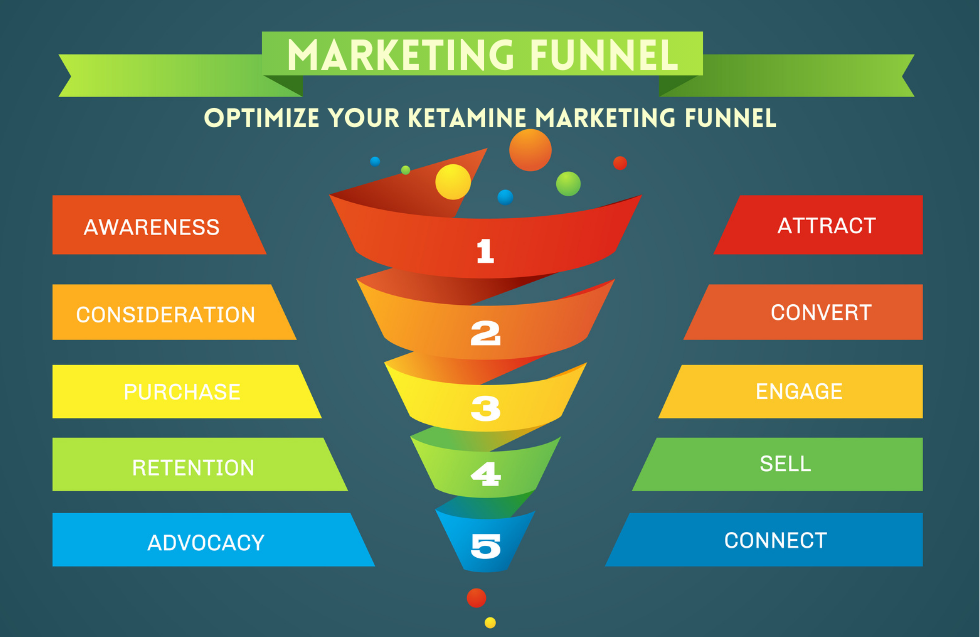In today’s dynamic business environment, companies across the globe are striving to enhance their operations, boost productivity, and stay ahead of the competition. One of the most powerful enablers of this transformation is task automation—a concept that goes beyond simply replacing manual labor. Task automation represents a shift in how organizations manage processes, eliminate repetitive work, and allow human talent to focus on more strategic, high-value initiatives.
When implemented effectively, automation can significantly increase workplace efficiency, streamline operations, and ultimately drive better business outcomes. This blog will explore the role of task automation in the modern workplace, examine the types of tasks that benefit most from automation, delve into the benefits and challenges, and discuss how to successfully integrate automation into an organization’s daily workflows.
Understanding Task Automation
Task automation involves using technology to perform repetitive, rule-based tasks that were traditionally handled by human workers. These tasks may include data entry, document processing, scheduling, communications, and workflow approvals, among others.
Unlike advanced artificial intelligence or machine learning systems, task automation focuses more on predefined actions triggered by specific inputs or rules. It is rooted in predictability, making it ideal for functions that require consistency and speed but little decision-making complexity.
Why Workplace Efficiency Matters
Workplace efficiency refers to how well tasks and responsibilities are performed with minimal waste of time, effort, and resources. Efficient workplaces not only meet deadlines and productivity goals, but they also foster a culture of innovation, reduce operational costs, and improve employee satisfaction.
As businesses grow, inefficiencies tend to creep in, especially in the form of manual, time-consuming tasks that drain energy and productivity. Here is where task automation becomes a crucial element of organizational strategy.
The Key Contributions of Task Automation to Workplace Efficiency
Streamlining Repetitive Processes
One of the most immediate impacts of task automation is the ability to streamline repetitive, low-value tasks. Employees often spend hours each week on activities such as sending follow-up emails, inputting customer information into databases, or generating reports.
By automating these processes, businesses can drastically reduce the time spent on manual execution, enabling teams to focus on work that requires human judgment, creativity, and decision-making.
Can Small Businesses Get Unemployed?
Reducing Human Error
Manual processes are often prone to mistakes, especially when employees are overburdened or handling large volumes of information. Errors in data entry, scheduling, or compliance-related documentation can have significant consequences, including financial loss or reputational damage.
Automation reduces this risk by ensuring tasks are executed exactly the same way each time. This consistency improves the accuracy of information, reduces the need for rework, and supports compliance with internal policies or external regulations.
Enhancing Time Management
Task automation enables better time utilization by handling tasks instantaneously or during off-hours, such as overnight or on weekends. This ensures that processes keep moving even when employees are not available, reducing backlogs and accelerating delivery timelines.
With less time spent on routine chores, employees can allocate more hours to critical thinking, strategic planning, client interaction, or innovation—activities that genuinely drive business growth.
Improving Communication and Workflow
Communication bottlenecks are a major source of inefficiency in many workplaces. Whether it’s waiting for approval, chasing a colleague for an update, or keeping multiple departments aligned, delays in communication can hinder productivity.
Automation can ensure messages, updates, and notifications are sent out automatically at the right time, to the right people. It also helps establish a smoother flow of information and tasks across teams, minimizing downtime and avoiding unnecessary misunderstandings.
Empowering Employee Productivity
Employees often report feeling disengaged when they’re stuck performing monotonous work. Over time, this lack of engagement can reduce productivity and contribute to burnout or attrition.
Automation can help employees feel more empowered and engaged by removing the drudgery from their roles. They can then concentrate on more rewarding aspects of their jobs, like problem-solving, creative ideation, customer service, or professional development.
Types of Tasks Ideal for Automation
While not every task is suitable for automation, several categories typically benefit greatly:
- Data Management: Automating the collection, sorting, and input of data ensures consistency and saves time.
- Document Handling: From generating invoices to routing documents for approval, automation can handle paperwork smoothly.
- Scheduling and Reminders: Appointment setting, task reminders, and follow-ups can all be automated to reduce dependency on manual updates.
- Customer Support Responses: Standard queries and responses can be addressed through automation to improve response time.
- Internal Notifications: Triggered alerts can keep everyone informed without someone manually relaying information.
Real Benefits of Embracing Automation
Increased Output
Automation doesn’t sleep or take breaks. It operates 24/7, allowing companies to scale their operations and deliver more within the same timeframe. Tasks that might have taken days can now be done in hours or minutes.
Cost Reduction
Over time, automation leads to substantial cost savings. Businesses can either reduce the need for additional hires or allocate resources more effectively. While there is an upfront cost to design and implement automated systems, the long-term savings often outweigh the initial investment.
Enhanced Accuracy
With reduced reliance on manual input, automation enhances the precision of outputs. This helps ensure the quality of work remains consistently high and reduces issues related to errors, corrections, and audits.
Better Decision-Making
Automation can also help collect and process large amounts of data efficiently. This leads to more informed decision-making, as employees have access to real-time, accurate data that can influence strategy and execution.
Common Challenges in Automation Implementation
While the benefits are compelling, automating workplace tasks is not without challenges.
Resistance to Change
Many employees fear that automation will replace their jobs. Others may simply be uncomfortable changing the way they work. A strong change management strategy, emphasizing transparency and training, is essential to reduce resistance.
Over-automation
Automating every possible task can backfire. Some tasks are too complex, require human intuition, or are better handled through human interaction. It’s crucial to evaluate which processes genuinely benefit from automation and which ones don’t.
Technical Complexities
Automation requires a reliable infrastructure, clear logic paths, and consistent inputs. Without careful planning and testing, automated systems may produce undesirable results or break down under edge cases.
Maintenance Needs
Once implemented, automation systems still require monitoring and maintenance. Business processes evolve, and automation rules may need to be updated to reflect new priorities or workflows.
Strategic Steps to Introduce Task Automation
Identify Repetitive Pain Points
Start by observing daily workflows to identify repetitive, manual tasks that consume time and are prone to error. Engage employees to learn what they find tedious or inefficient.
Prioritize Based on Impact
Not all tasks are equal. Prioritize automation efforts based on factors such as time savings, cost reduction, and potential for error reduction. Focus first on areas that yield the highest return on investment.
Design Clear Workflow Rules
Automation works best when rules are well-defined. Map out the entire process and determine conditions, triggers, exceptions, and outcomes before building the automated workflow.
Test Before Scaling
Pilot automation in a controlled environment before rolling it out widely. Use this phase to identify issues, gather feedback, and refine processes.
Involve the Team
Make automation a collaborative initiative. Provide training to help teams understand how automation supports their goals and emphasize that it is a tool to augment their work—not replace them.
The Future of Task Automation in the Workplace
As workplace expectations continue to evolve, so too will the nature of task automation. The future points toward more intelligent automation systems that not only follow rules but also learn from patterns and adapt over time.
Organizations that embrace automation thoughtfully will be better positioned to grow sustainably, operate efficiently, and keep their workforce focused on value-creating tasks. Companies that resist may struggle to remain competitive in an increasingly digital economy.
Automation isn’t about replacing humans—it’s about freeing them. It enables teams to become faster, smarter, and more agile, allowing them to pursue innovation and serve customers more effectively.
Final Thoughts
Task automation is no longer a luxury for large enterprises—it is a strategic necessity for businesses of all sizes. When implemented with clear goals, thoughtful planning, and employee involvement, automation can transform workplace dynamics, improve accuracy, reduce costs, and enhance the overall employee experience.
As the business landscape grows more competitive and complex, automation offers a path to clarity, simplicity, and scalable success. The future of work is not about machines doing everything—it’s about humans doing better, with help from the tools that make it possible.
Let automation handle the routine so your people can focus on what truly matters.













